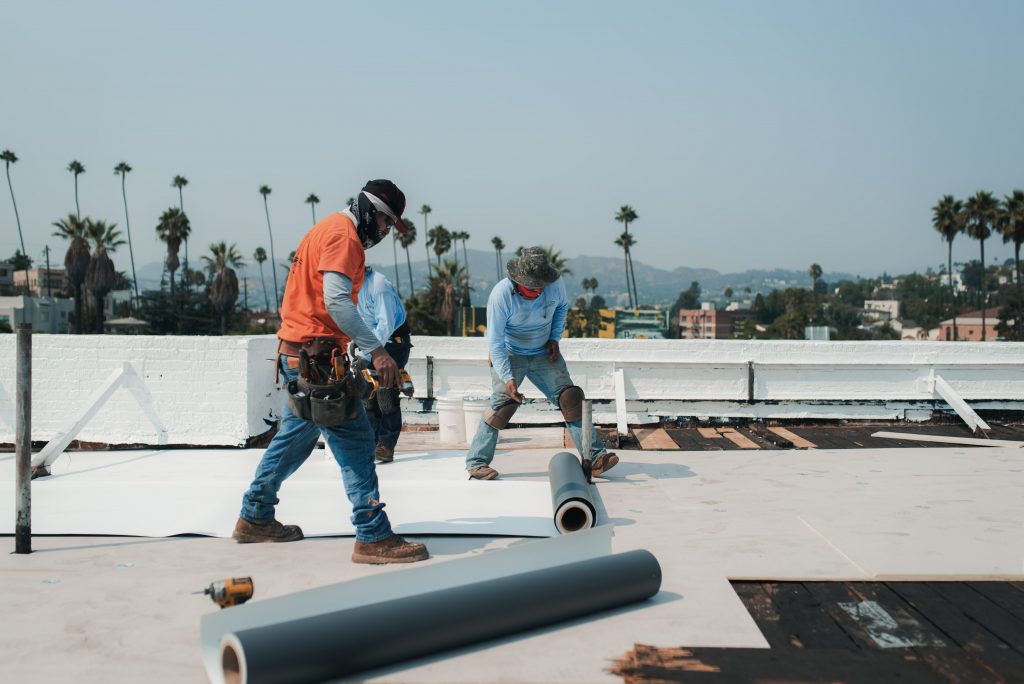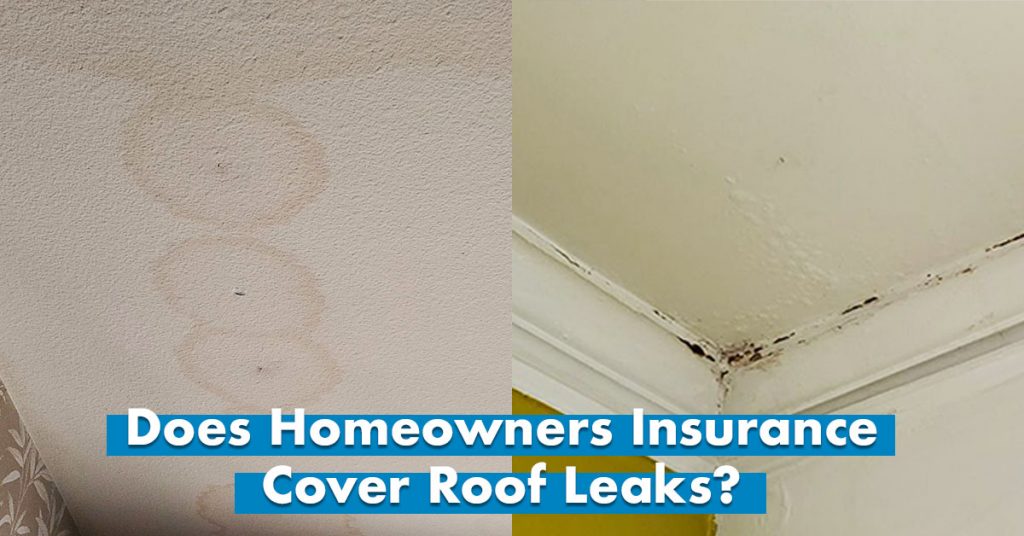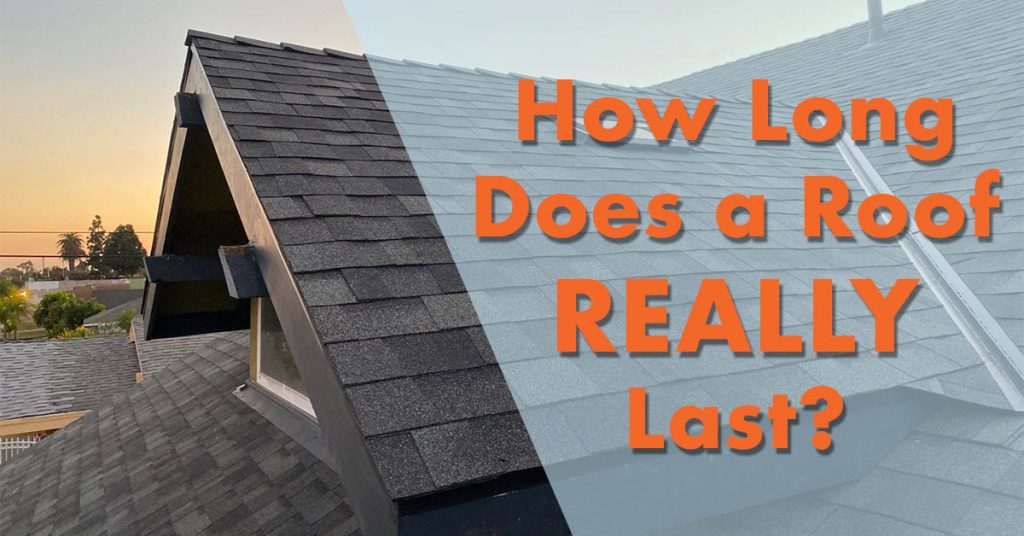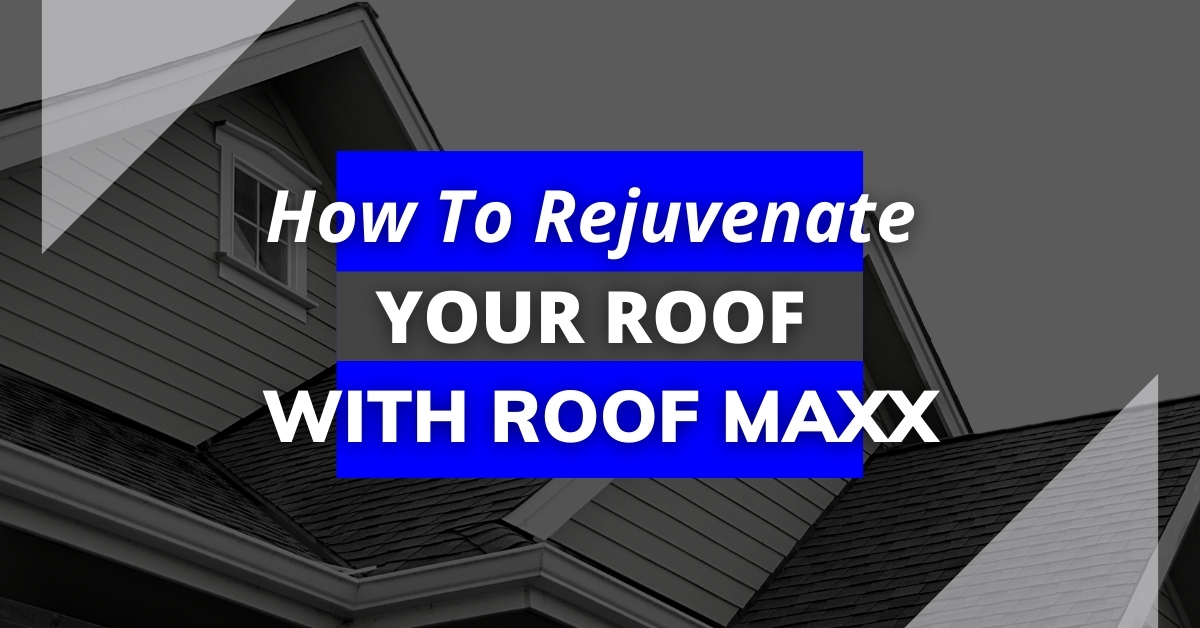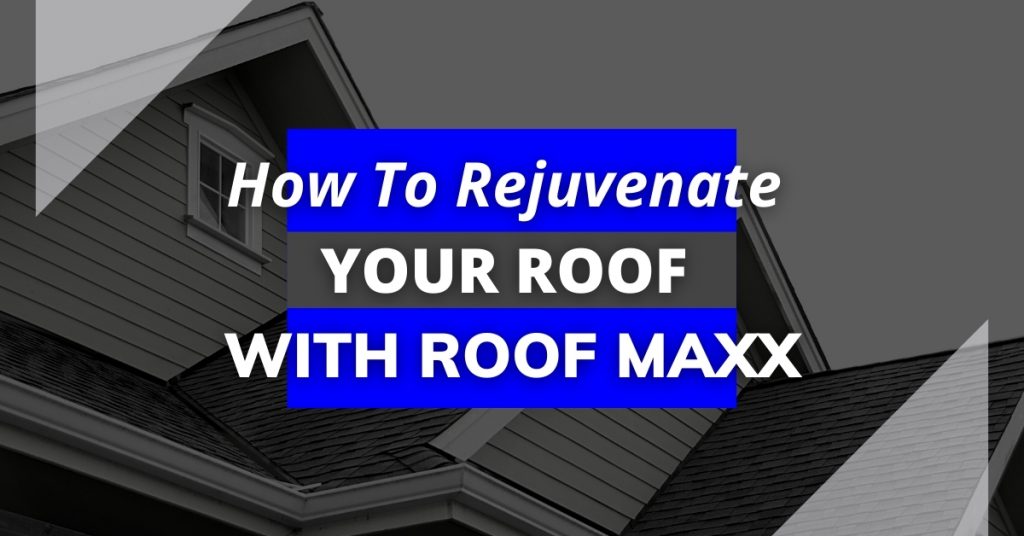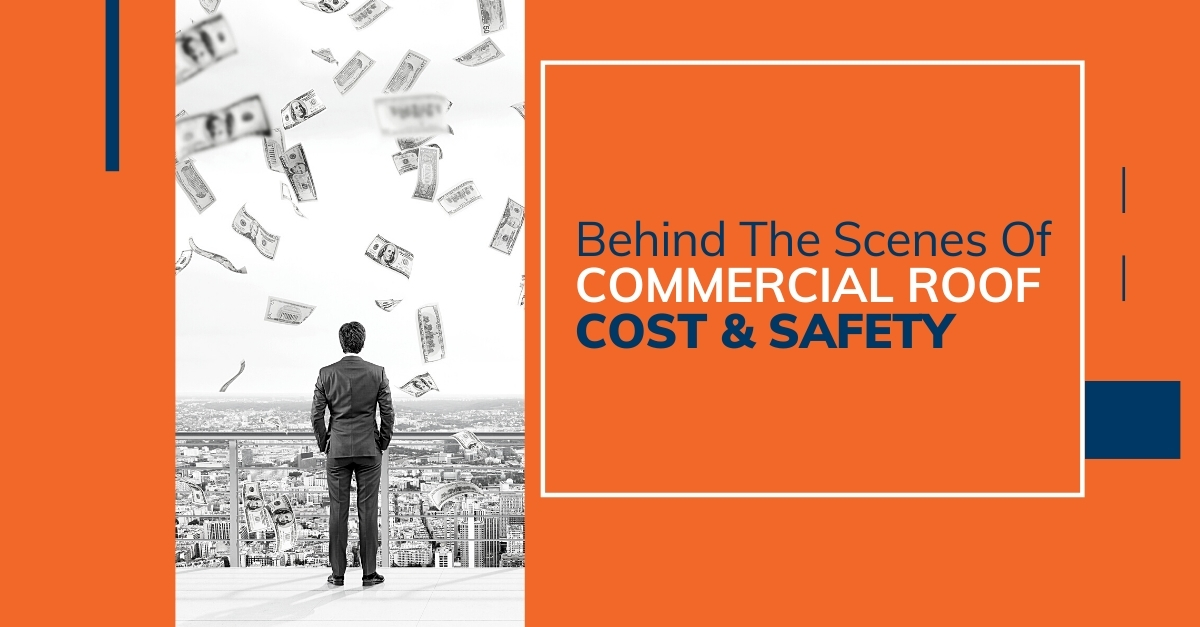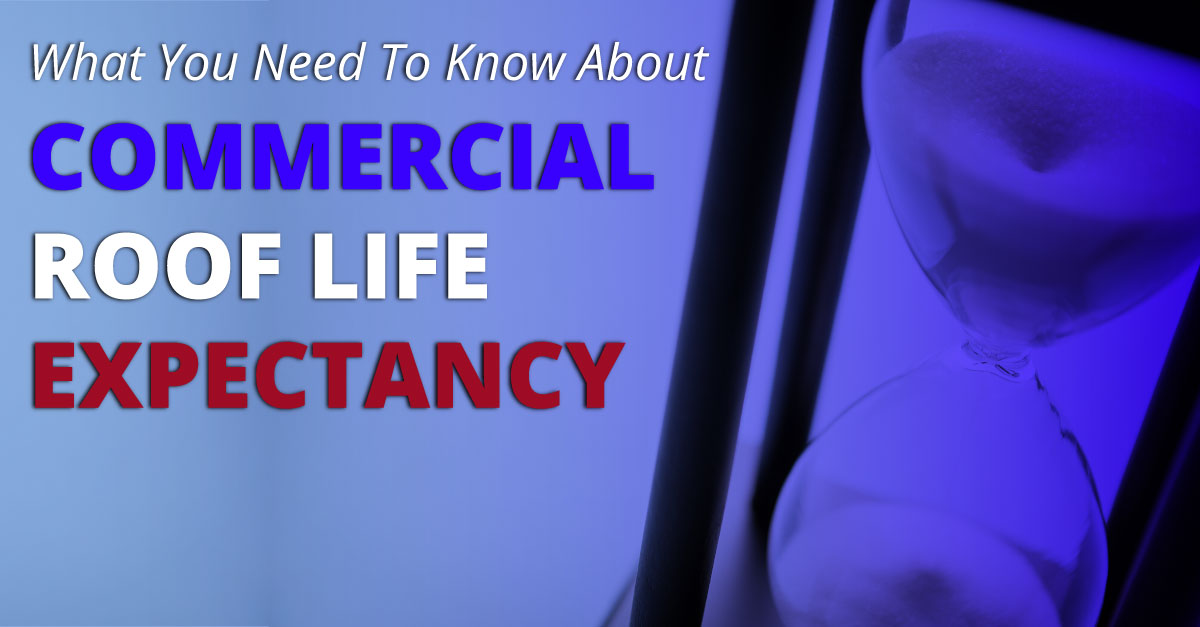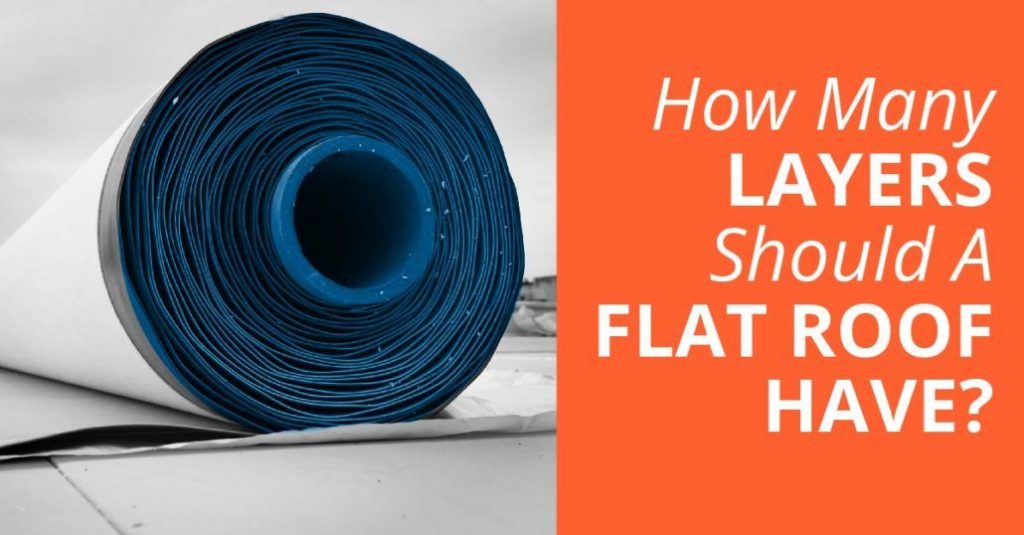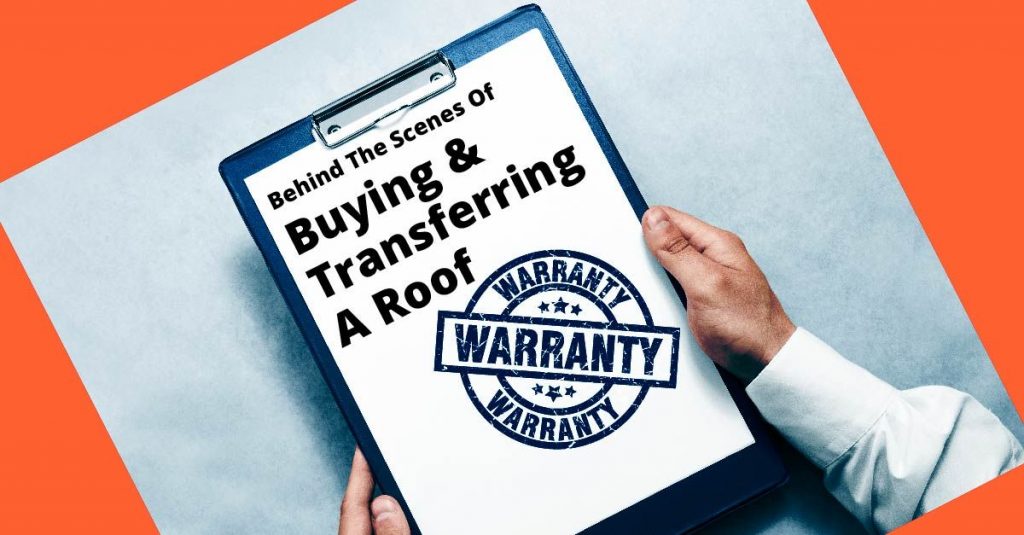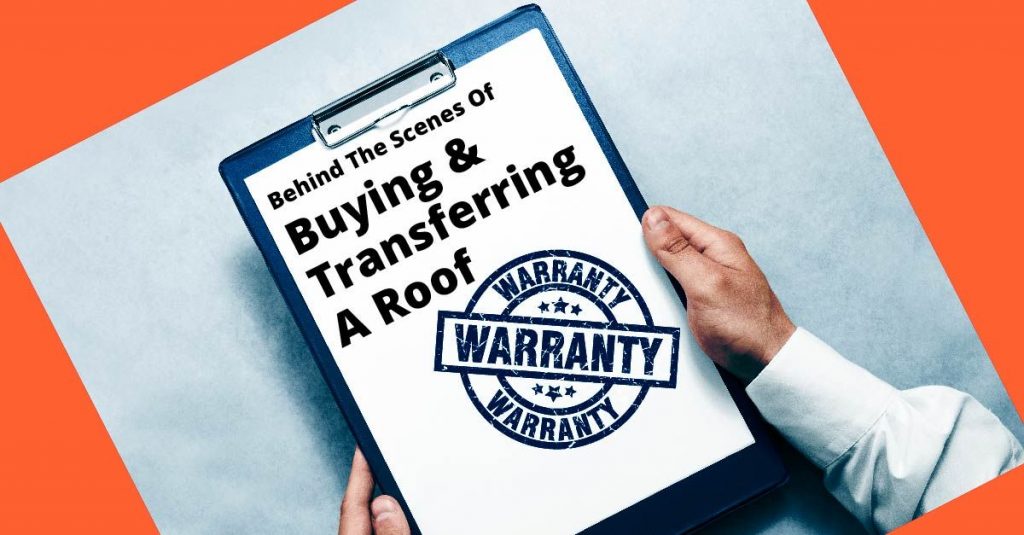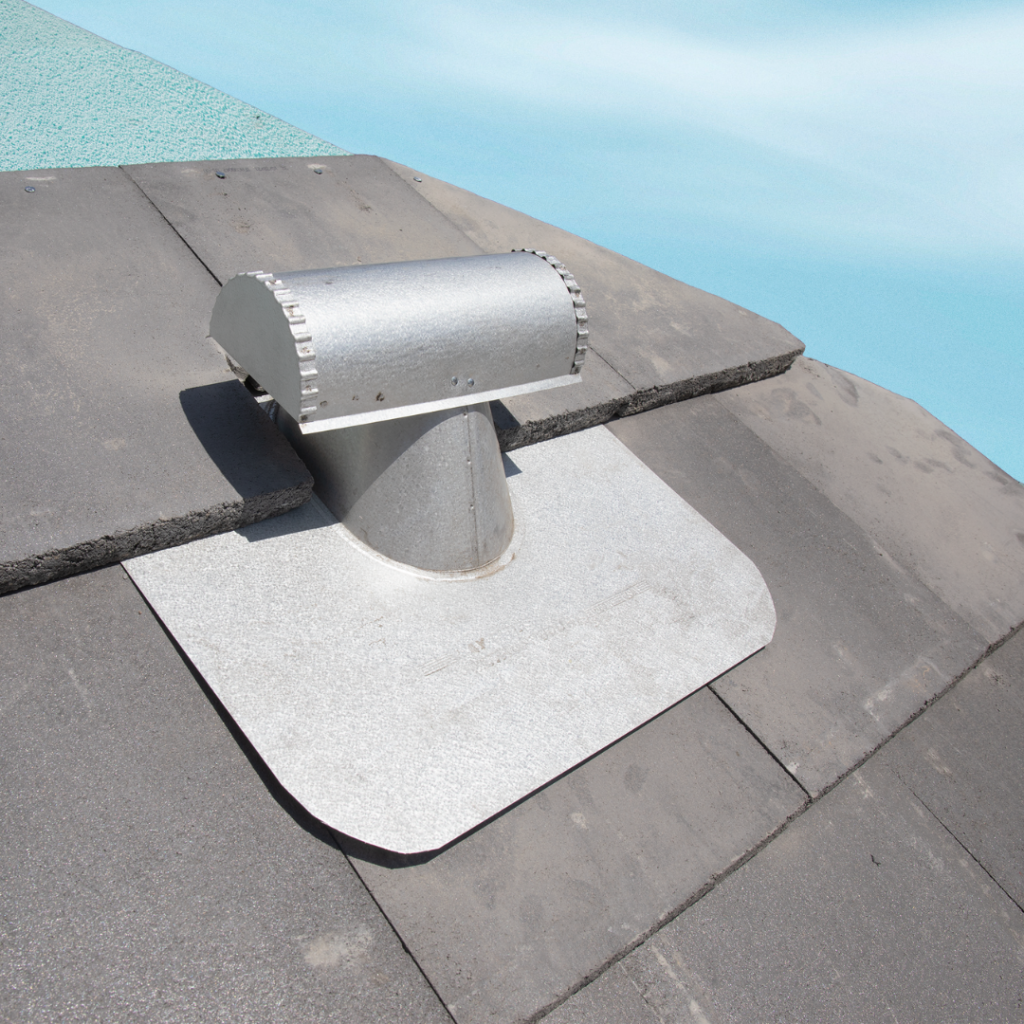
Flashing is a thin layer of metal that is used to direct water away from certain areas of a roof, such as vertical features like chimneys.
What is flashing on a roof made of? Usually, non-corrosive metals, including aluminum, lead, or steel. Copper is used occasionally for custom roofs. Flashing can alternately be made of plastic, rubber, or roofing felt.
When flashing is installed, it is sealed to prevent water from getting under it and damaging the roof. If you need new residential flashing, ensure that it is installed correctly by finding an experienced, well-reviewed roofing contractor near you. And if you manage a commercial roof, you’ll need to occasionally inspect the flashing and other features on it.
What Is Roofing Flashing’s Purpose?
Roofers install flashing around roof points that could be vulnerable to water damage, such as skylights, chimneys, and vents. Without flashing, water could run off of shingles and into the seams or spaces around those features. But flashing channels the water back onto the shingles and ultimately into the gutters or off the side of the roof.
Flashing can be crucial to the long-term integrity of your roof. A single point where water persistently enters could eventually lead to rotten roof boards (decking), along with water damage in the home itself. And that could mean tearing up the shingles and replacing many of the materials underneath.
Poorly installed flashing is a common culprit when your roof springs a leak. It could even lead to the collapse of decking materials, which is one reason flashing is covered in local building codes.
Does Your Roof Need Flashing?
A professional roofer can tell you how much flashing—if any—your particular roof needs. Certain features of roofs are more likely to create leaks than others. These include roof valleys, the place where the walls of a dormer feature meet the roof, and skylights, among others.
Does your roof include any feature that will create an unusually high volume of rain runoff? Does it include opposing surfaces (like a roof and chimney)? Vulnerable areas like those may need to be sealed with flashing.
Does Flashing Go Over or Under Shingles?
Flashing is often installed under roofing materials like shingles. In a roof valley, the flashing is placed between the two intersecting roof edges to channel water down the valley. Shingles are placed partly on top of the flashing, causing more water to drop into the valley, where the flashing is often left open to the air.
Around a chimney, multiple pieces of metal flashing are laid down. They are often shaped like an L, and attached to the chimney with mortar. Shingles are then laid over the horizontal part of the flashing; the flashing and shingles together should direct water away. However, flashing can sit on top of the shingles on the front of the chimney (the part farthest downslope).
Flashing is also placed around pipes and vents. A watertight seal is applied around the pipe itself. The metal flashing is attached to the roof. And shingles can be placed over the flashing on the highest point of roof, but the flashing will often be placed over the shingles at the lowest point, allowing water to run off the flashing and back onto the shingles.
What Are the Types of Flashing on a Roof?
Various shapes of flashing have been invented for different roof features. Examples include:
- Apron or Continuous: Long sections of metal, which often include expansion joints.
- Valley: Placed where two roof sections meet in a valley.
- Base: The downslope piece of flashing installed on a chimney or similar feature that requires multiple pieces of flashing.
- Counter: Used on the upslope area and sides of features like chimneys and paired with base flashing.
- Skylight: Flashing specialized in protecting skylight seams.
- Step: Bent sections of metal placed at the base of a wall that intersects a roof; often paired with kickout flashing, which channels water from the wall into a gutter.
- Drip Edges: Thin strips of metal at the edges of roofs to ensure rain runs off without touching the wooden surface underneath.
Get Professional Flashing Installation & Maintenance
Working with metal flashing pieces is a difficult and important job. Installed correctly, it prevents major, expensive roof damage, but incorrect installation can put your home or business at risk. That’s why you should contact Roof Repair Specialist for this job or any other roofing needs you have.

